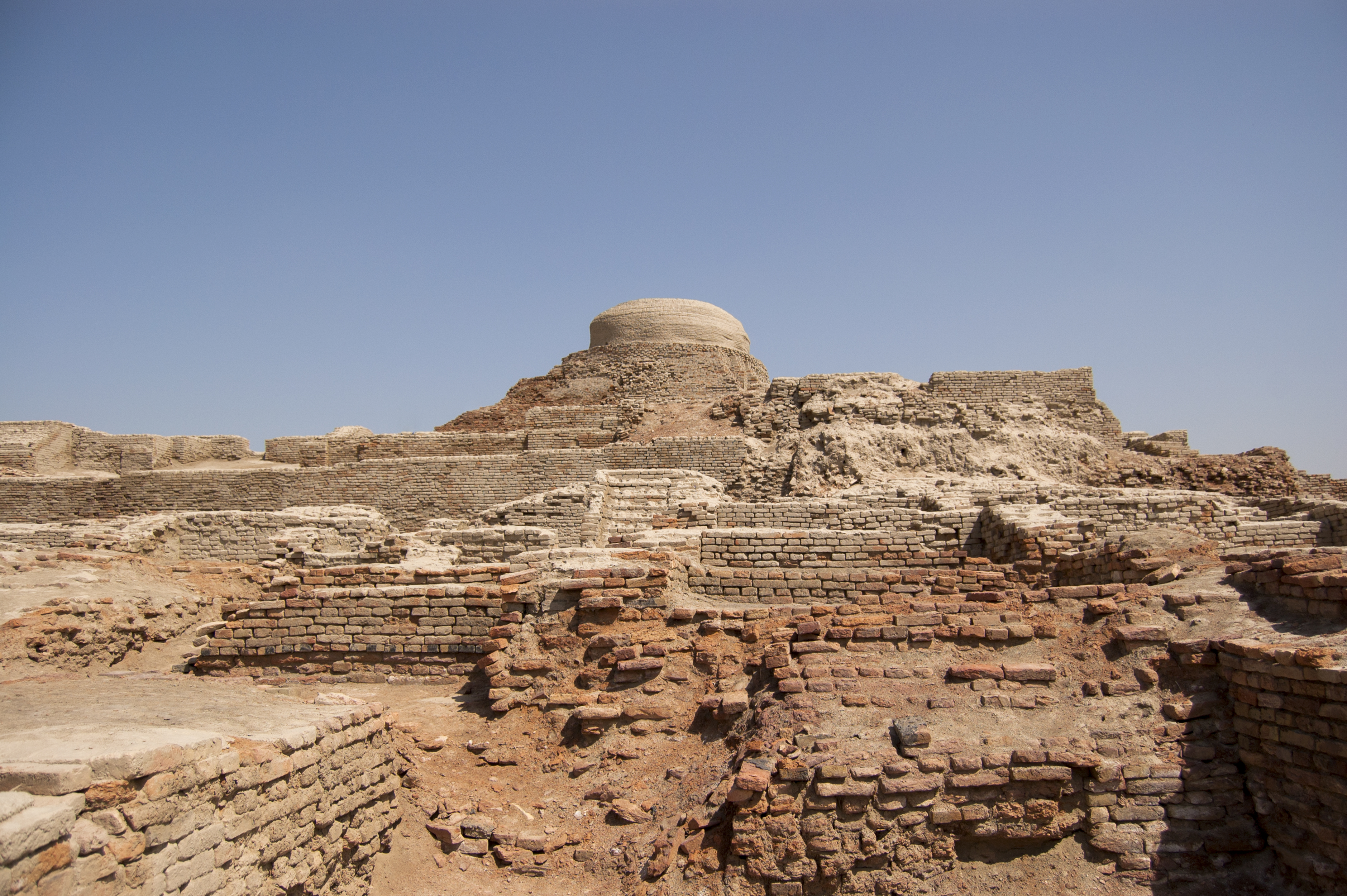A much awaited study on the genetic make-up of the Indus Valley civilization has said that the inhabitants were devoid of any ancestry from the steppe-pastoralists, or Aryans, who invaded South Asia from central Asia after the fall of this ancient civilization.
The paper, called An Ancient Harappan Genome Lacks Ancestry from Steppe pastoralists and Iranian Farmers, published in the Cell journal on Thursday, claimed that the inhabitants of the Indus Valley, spread in northwest Asia from 2600 BC to 1900 BC, lacked the steppe-pastoralist ancestry that brought Indo-European languages into South Asia.
“A genome from the Indus Valley Civilization is from a population that is the largest source for South Asians. The population has no detectable ancestry from Steppe pastoralists or from Anatolian and Iranian farmers, suggesting farming in South Asia arose from local foragers rather than from large-scale migration from the West,” was the study’s main finding.
The study fundamentally did not debunk the Aryan invasion theory, as mentioned by certain media publications and Twitter handes. Although the paper did not mention the theory by its popular name, it did say that the languages spoken in north India did indeed come with the Aryans, also known as the steppe-pastoralists, several years after the fall of the Indus Valley Civilization.
The study’s main authors are Vasant Shinde, an archaeologist from the Deccan College in Pune, Niraj Rai, a geneticist from Birbal Sahni Institute of Paleosciences, Lucknow, and David Reich, a Harvard Medical School geneticist.
The findings of the paper are based on the DNA sequencing of skeletal remains of a woman found at Rakhigarhi in Haryana, which some years back emerged as one of the biggest archaeological sites connected to the Indus Valley civilization. The authors worked on the skeletal remains for over three years, trying to extract and sequence the DNA.
The paper reports “a natural route for Indo-European languages to have spread into South Asia is from Eastern Europe via Central Asia in the first half of the 2nd millennium BCE, a chain of transmission that did occur as has been documented in detail with ancient DNA”.
'The fact that the Steppe pastoralist ancestry in South Asia matches that in Bronze Age Eastern Europe (but not Western Europe) provides additional evidence for this theory, as it elegantly explains the shared distinctive features of Balto-Slavic and Indo-Iranian languages,” it added.
The study runs counter to the long-standing Hindutva proponents’ theory that Aryans were the original inhabitants of India and had not migrated from anywhere. The scientists studied the DNA from the Indus Valley Civilization, while the Aryan migration is said to have happened during the fall of this ancient cvilization.
According to another paper by a few of the same authors a few months ago, inhabitants of the Indus Valley are the primary ancestral population of South Asia. They mixed with steppe-pastoralists to form, what the paper calls, Ancestral North Indians. In contrast, the Ancestral South Indian population was formed by the mixing of inhabitants hailing from the Indus Valley with aboriginals in the southeast.
The final version of this earlier paper was published in the journal Science under the title The formation of human populations in South and Central Asia. It states: “The primary ancestral population of modern South Asians is a mixture of people related to early Holocene populations of Iran and South Asia that we detect in outlier individuals from two sites in cultural contact with the Indus Valley Civilization (IVC), making it plausible that it was characteristic of the IVC. After the Indus Valley Civilization’s decline, this population mixed with northwestern groups with Steppe ancestry to form the Ancestral North Indians and also mixed with southeastern groups to form the Ancestral South Indians, whose direct descendants today live in tribal groups in southern India. Mixtures of these two post-Indus Valley groups drive the main gradient of genetic variation in South Asia today.”
The two papers do not contradict each other regarding the spread of the steppe-pastoralists or of Indo-European languages into South Asia. However, the claim in the Cell paper, that the advent of farming in South Asia preceded the migration of the steppe-pastoralists, which is lucid enough on its own, did not deter many on social media to hail the paper as the slayer of the Aryan-invasion theory, which has been a thorn in the side of the Hindu right for long.











